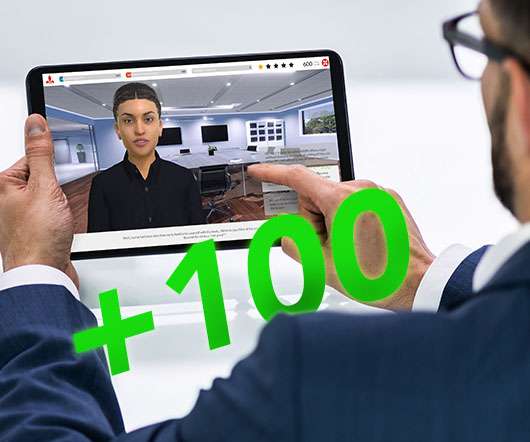And the big question is?
Moodle Journal
SEPTEMBER 27, 2005
Moodle is certainly being used by staff and students now, I took a quick look at the logs beginning from the first teaching week and we have some 14000+ records, not bad considering we are still only running at 260 users in total. The thing for me now is to begin assessing the impact of content. Its Ok to upload your class documents but that’s not in itself going to exploit the potential of a VLE with respect to addressing the issues of widening participation and extended classrooms.







































Let's personalize your content